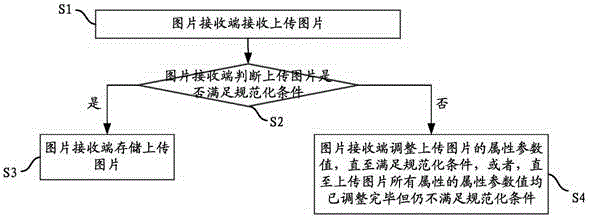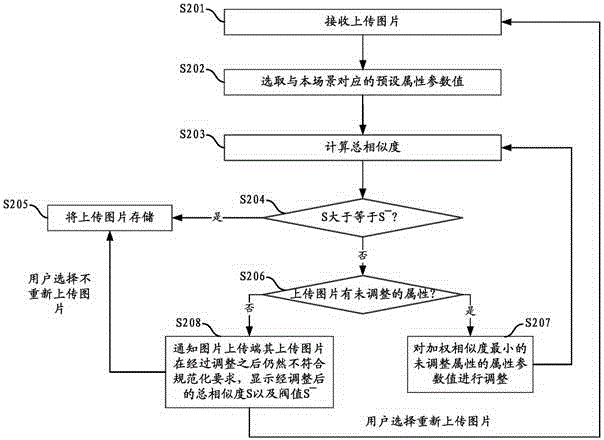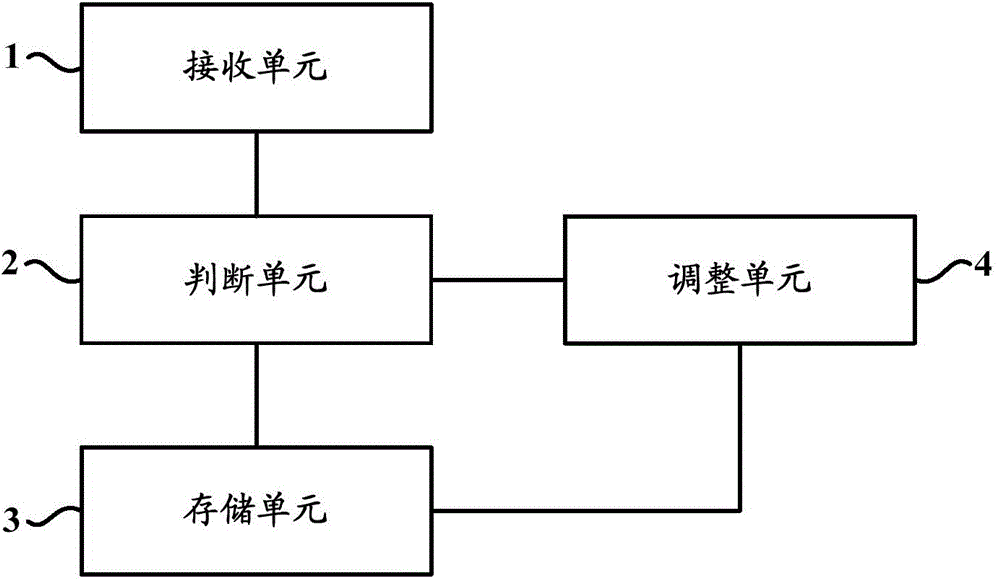Method and device for receiving pictures
A receiving method and image technology, which is applied in the field of data processing, can solve problems such as conflicts between image standardization requirements and user convenience requirements, and achieve the effects of reducing uploading conditions, alleviating contradictions, and improving user experience
- Summary
- Abstract
- Description
- Claims
- Application Information
AI Technical Summary
Problems solved by technology
Method used
Image
Examples
Embodiment Construction
[0035] The accompanying drawings in the description clearly and completely describe the technical solutions in the embodiments of the present invention. Apparently, the described embodiments are only some of the embodiments of the present invention, not all of them. Based on the embodiments of the present invention, all other embodiments obtained by persons of ordinary skill in the art without creative efforts fall within the protection scope of the present invention.
[0036] Many scenes require image uploads. For example, on an e-commerce platform, both merchants and individual users (collectively referred to as image uploaders or users) need to upload a large number of pictures to the e-commerce platform: merchants upload a large number of product display pictures, and individual users upload and share purchased products related pictures.
[0037] For uploaded pictures, traditional picture receivers (such as e-commerce platforms) have the following processing methods:
[...
PUM
 Login to View More
Login to View More Abstract
Description
Claims
Application Information
 Login to View More
Login to View More - R&D
- Intellectual Property
- Life Sciences
- Materials
- Tech Scout
- Unparalleled Data Quality
- Higher Quality Content
- 60% Fewer Hallucinations
Browse by: Latest US Patents, China's latest patents, Technical Efficacy Thesaurus, Application Domain, Technology Topic, Popular Technical Reports.
© 2025 PatSnap. All rights reserved.Legal|Privacy policy|Modern Slavery Act Transparency Statement|Sitemap|About US| Contact US: help@patsnap.com



